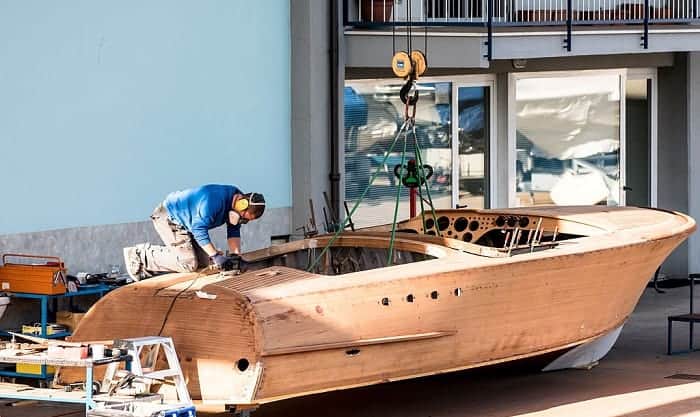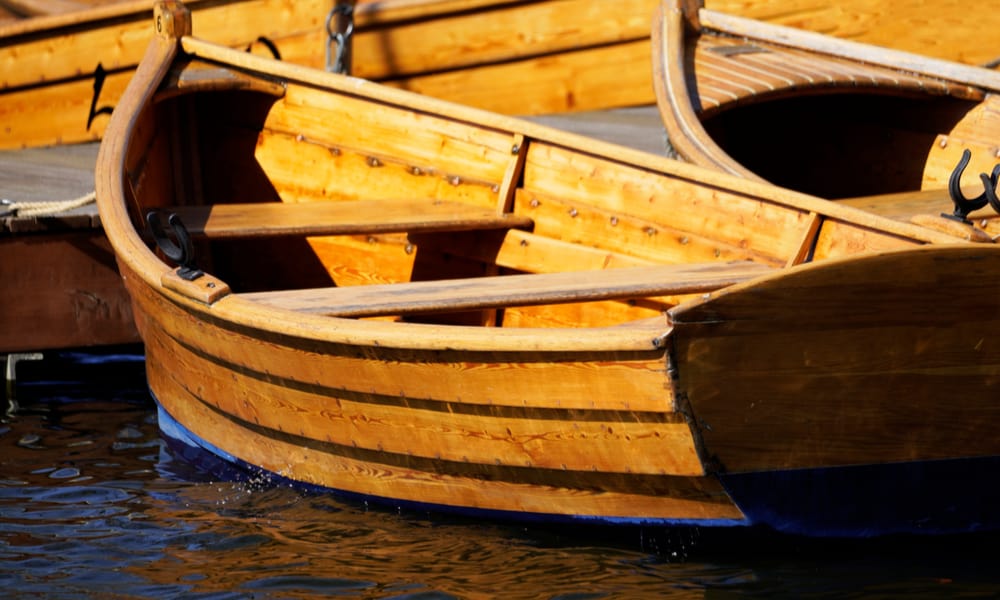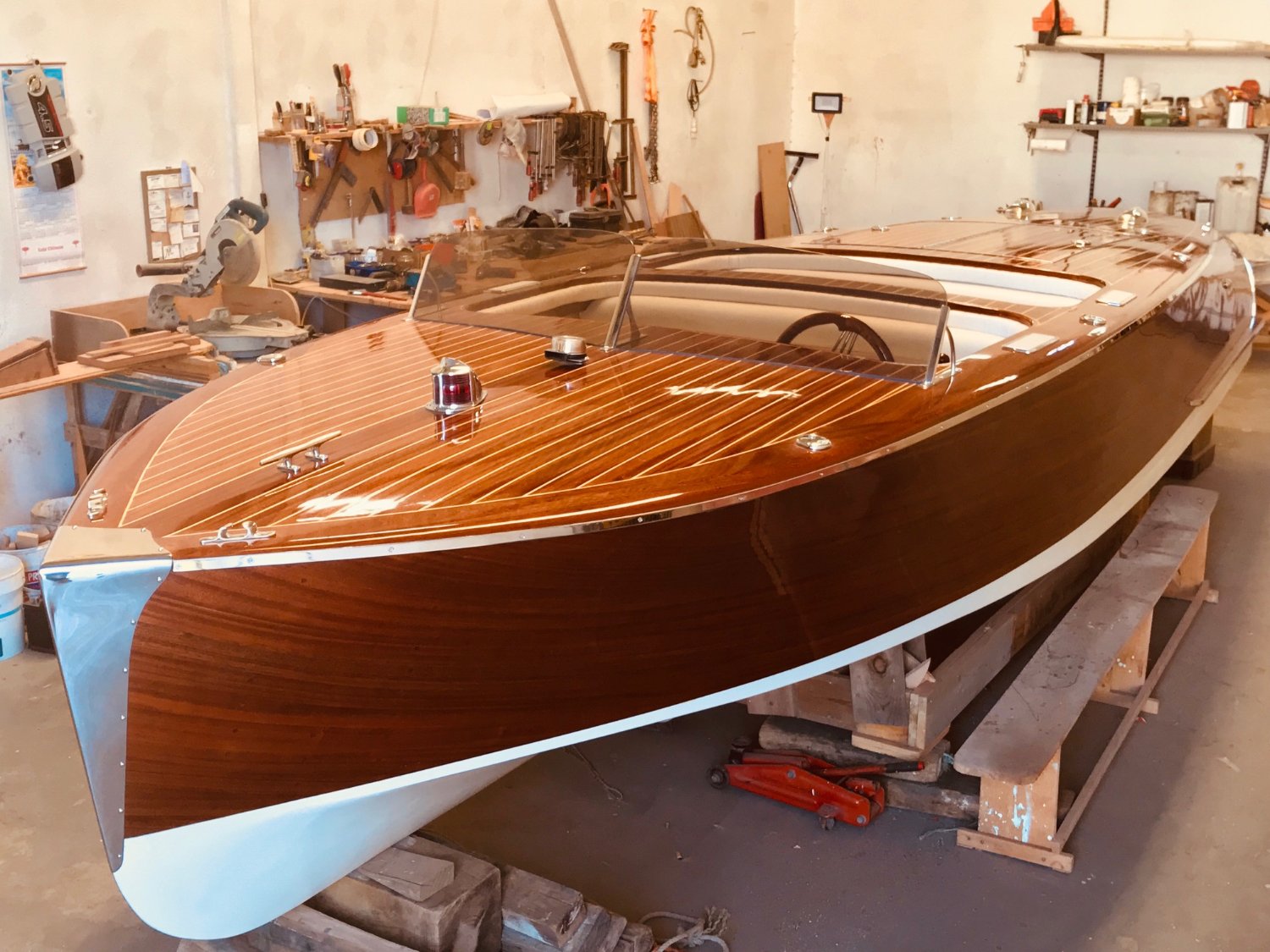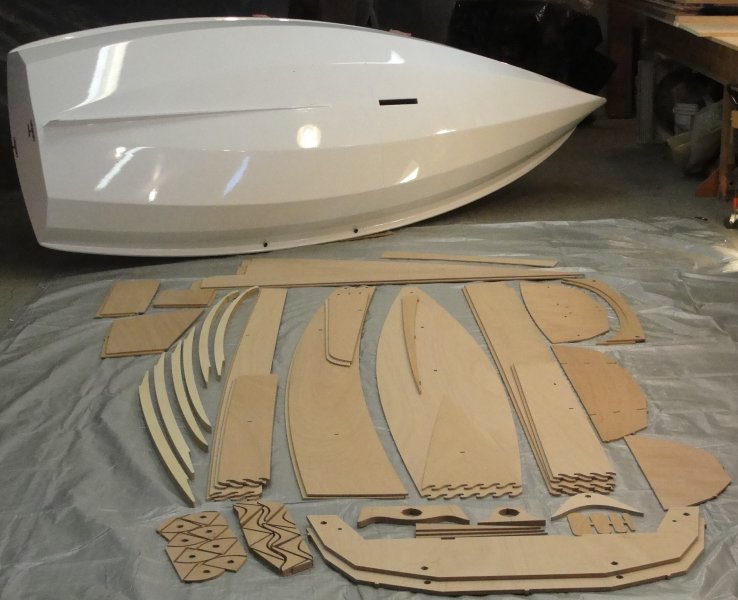Sailing Boat Plans: Beyond the Blueprint â€" Building a Legacy
Building a sailing boat is a monumental task, a blend of artistry and engineering. While countless resources detail the technical aspects of boatbuilding, we often overlook the subtle nuances that separate a good boat from a truly exceptional one. This article delves into those less-traveled paths, addressing crucial considerations often left unsaid in standard sailing boat plans.
The Unsung Heroes: Material Selection and its Impact on Longevity
Standard plans often suggest common materials. But what about the less common, potentially superior options? Let's explore.
Beyond Mahogany and Teak: Exploring Sustainable Alternatives
The classic boatbuilding woods, while beautiful, are becoming increasingly scarce and expensive. What are the viable, eco-friendly alternatives? Recent research from the International Boatbuilders' Association (IBA) highlights the growing use of sustainably harvested hardwoods like Paulownia, known for its lightweight strength and rapid growth. Furthermore, exploring engineered wood products like laminated timber offers excellent strength-to-weight ratios and can drastically reduce construction time. This offers a powerful combination of sustainability and practical boatbuilding.
The Often-Overlooked Epoxy: More Than Just Glue
Epoxy resin is the backbone of modern boat construction. However, its selection is often treated as an afterthought. Different epoxy systems offer vastly different UV resistance, flexibility, and strength. Data from independent testing labs, like those published by the American Boat and Yacht Council (ABYC), show significant variations in long-term performance. Choosing the right epoxy based on your climate and intended use is paramount to the vessel's longevity.
Construction Techniques: Rethinking Traditional Methods
While traditional techniques are time-tested, innovations can significantly improve both the build process and the final product. Let's examine some lesser-known but impactful approaches.
The Power of Computer-Aided Design (CAD): Beyond the Plans
Many builders still rely solely on paper plans. However, incorporating CAD software allows for detailed 3D modeling, precise material calculations, and even virtual stress testing. This minimizes errors and allows for iterative design improvements, potentially saving significant time and material costs. The ability to easily modify designs and incorporate feedback before actual construction begins is invaluable.
From Stitch-and-Glue to Vacuum Bagging: Modern Construction Methods
Traditional methods like carvel planking are labor-intensive. Modern techniques like stitch-and-glue construction and vacuum bagging, while requiring initial investment in specialized equipment, offer faster build times, improved structural integrity, and a smoother finish. The growing popularity of these methods is reflected in the increased number of workshops and online tutorials dedicated to them.
Beyond the Blueprint: Designing for Your Specific Needs
Standard plans offer a starting point, but a truly exceptional vessel is tailored to its builder and its intended purpose.
Personalizing Your Sailing Experience: Considering Your Sailing Style
Are you a coastal cruiser, a weekend sailor, or an offshore adventurer? Your sailing style dictates the design choices. A coastal cruiser might prioritize comfort and storage, while an offshore boat needs robust construction and self-sufficiency. Careful consideration of your unique sailing goals allows you to customize the design for optimal performance and enjoyment.
The Importance of Testing and Iteration: Learning from Mistakes (and Successes)
Building a boat is a learning process. Many skilled boat builders often suggest building a smaller prototype or section of the hull to test construction techniques and material choices before committing to the full-scale build. This approach is rarely discussed but invaluable in avoiding costly errors later on.
Conclusion: Building a sailing boat is more than just following a set of plans. It's about understanding the materials, mastering the techniques, and customizing the design to your specific needs. By embracing innovation and considering the often-overlooked aspects, you can craft not just a boat, but a lasting testament to your skill and vision.














